
By Vincent R. Pozon
I work with ideas, and the work starts with a stickman drawing, or a storyboard, which contains a barebones rendition of the story. A good idea must be stark, so stark, it can be narrated in seconds, if for a television commercial, in less than thirty seconds.
That landmark advertising campaign that will be executed in various media and iterations and expected to last decades must be told in one sentence.
It is a check mechanism to ask if your storyboard has a story, if your idea is simple enough to narrate in the advertising, which is the science that starts and finishes propositions in seconds. The point of this article, or lesson, is that we should protect the idea, and to do that, we have to respect the Storyboard.
The craftman's tendency is to add and embellish
All hands – within agency and without – including those of clients, all hanker to enhance, improve, refine and add to the story.
This is natural: people seek to augment and provide the creative product with touches of their personalities and proficiencies.
Talents will add themselves, their renditions and interpretations of what is asked of them. If you asked for a smile to mean “mmm!”, he might just ham it up, with a jig and a laugh. Others will suggest filters, backgrounds, music, and sounds, and executional devices: “can we morph this man’s face into that of the other?”
According to one’s particular skill or field of expertise, one adds to a storyboard, slaps his clay onto the stickman.
The musical scorer hears his music and fails to note the intended nuance in the announcer’s voice; he boosts the volume, overpowers the voice, weakens audibility and the sale pitch. The production designer produces a set, and expects that the scale and grandeur of the design will be seen in the shot, and in the final cut. And all we needed was a hint of location and texture behind the man talking to cam.
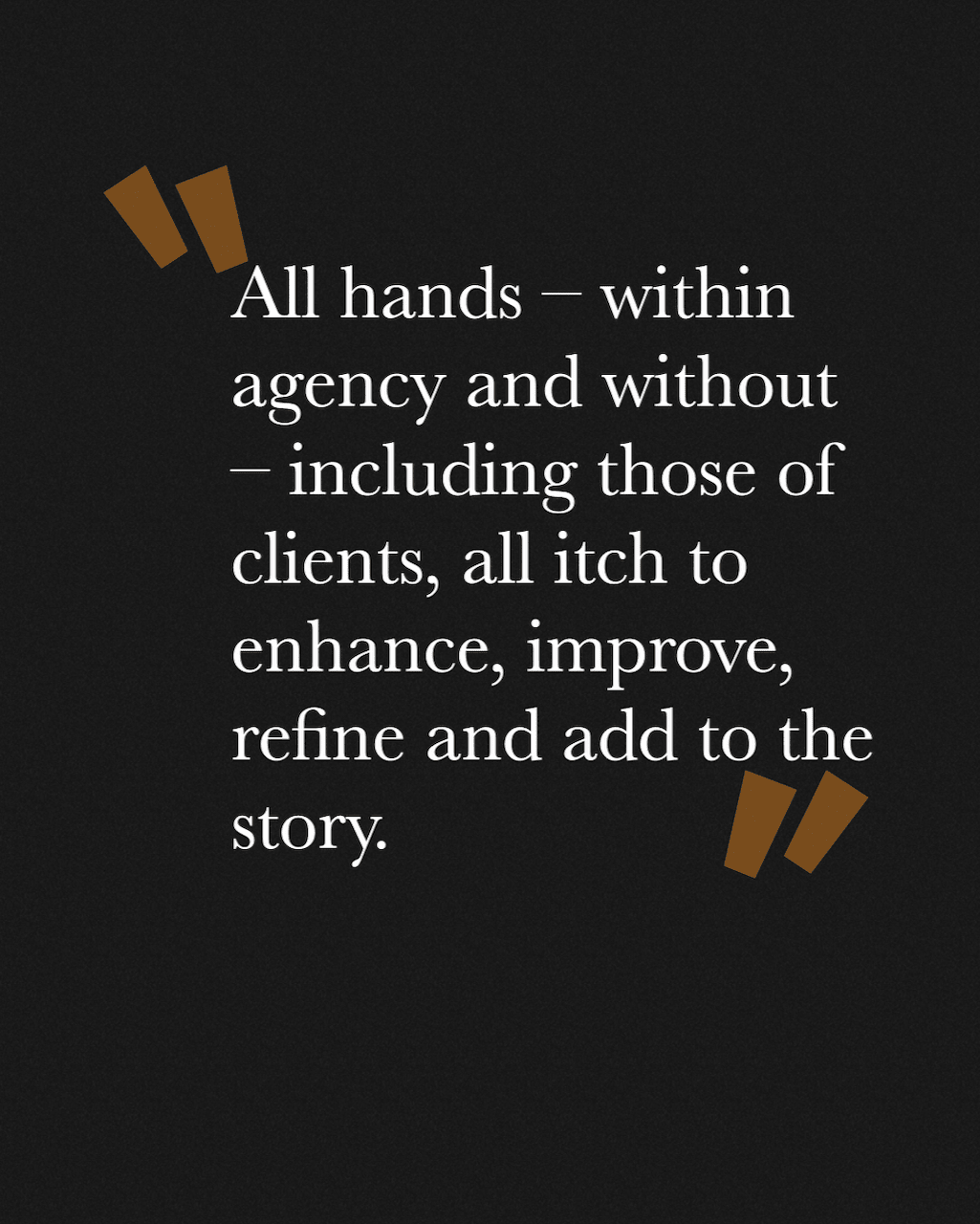
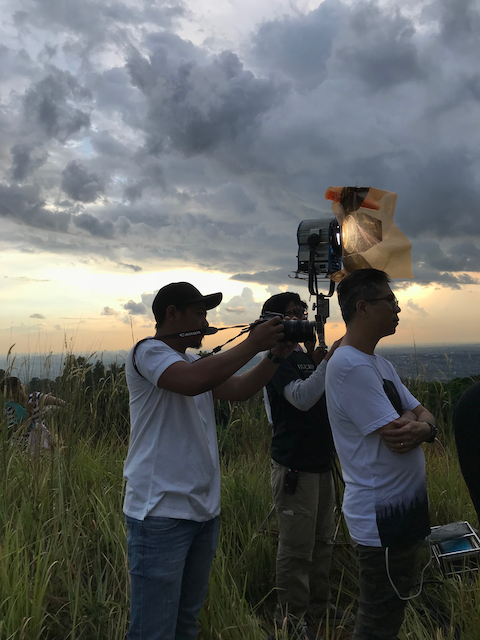
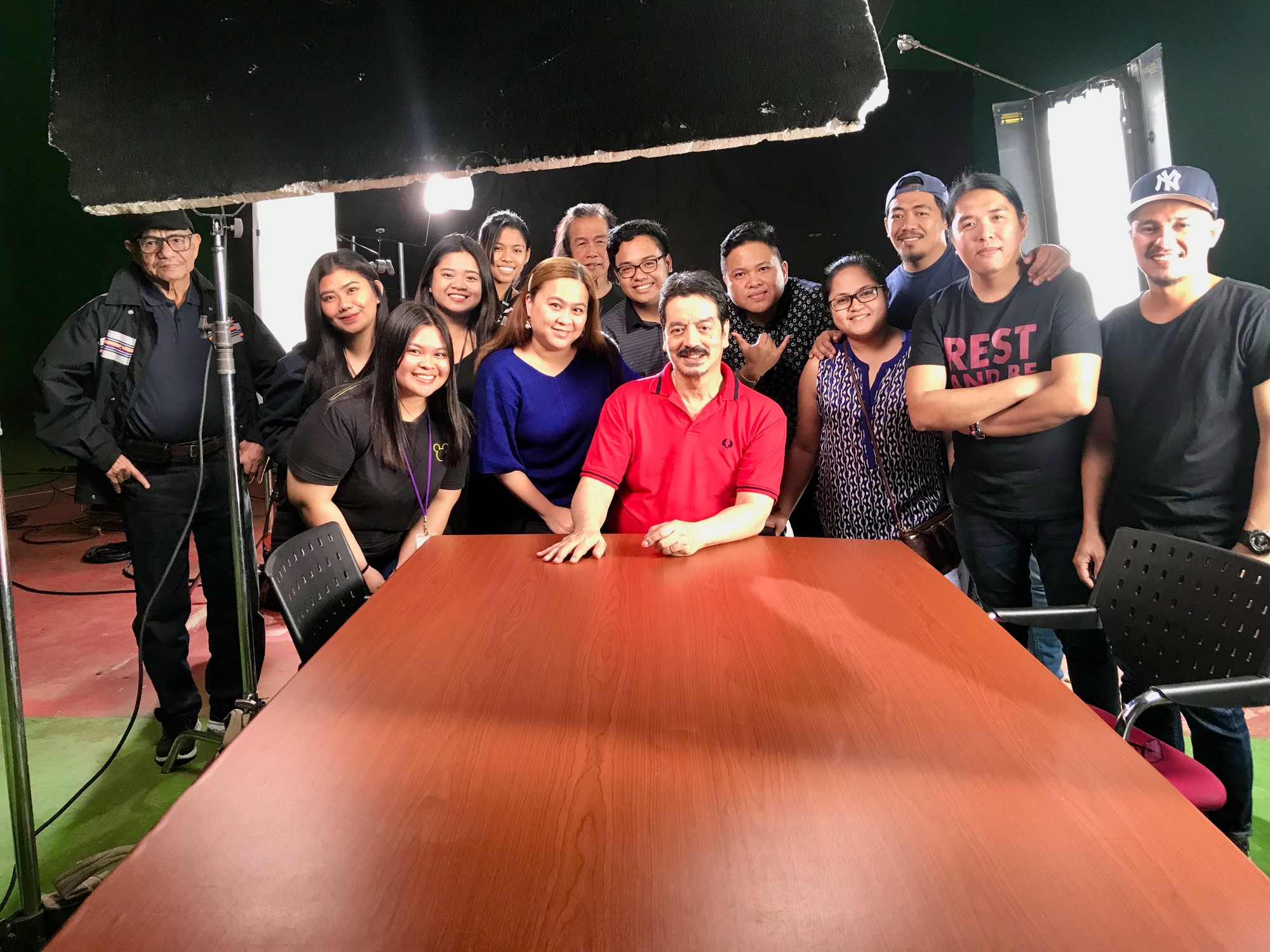
VIGILANCE is necessary. While we watch for the sake of craft, we must be present and watch for intent. Hence the size of the agency contingent present in a production.
"Sandali lang!"
There is no one in the system screaming hep, hep! Sandali (“whoa, just a minute!”). Everybody adds; nobody restrains addition.
In any project in communications, there must be dogged tenacity to the idea, to the basic concept.
In any project, there must be a Creative Guardian.
Now a good example of a guardian is the editor, because a true editor is ruthless, uncharitable even. Faithful to the story, he will carve away the fat and the unnecessary and the 'only beautiful'. “Fat” will be shots the director particularly loves, usually because he had difficulty achieving them. It is the editor’s job to cut out, deny, limit, strip, expunge what does not help tell the story.
Writers have a commandment for this unpleasant task: Kill your darlings.
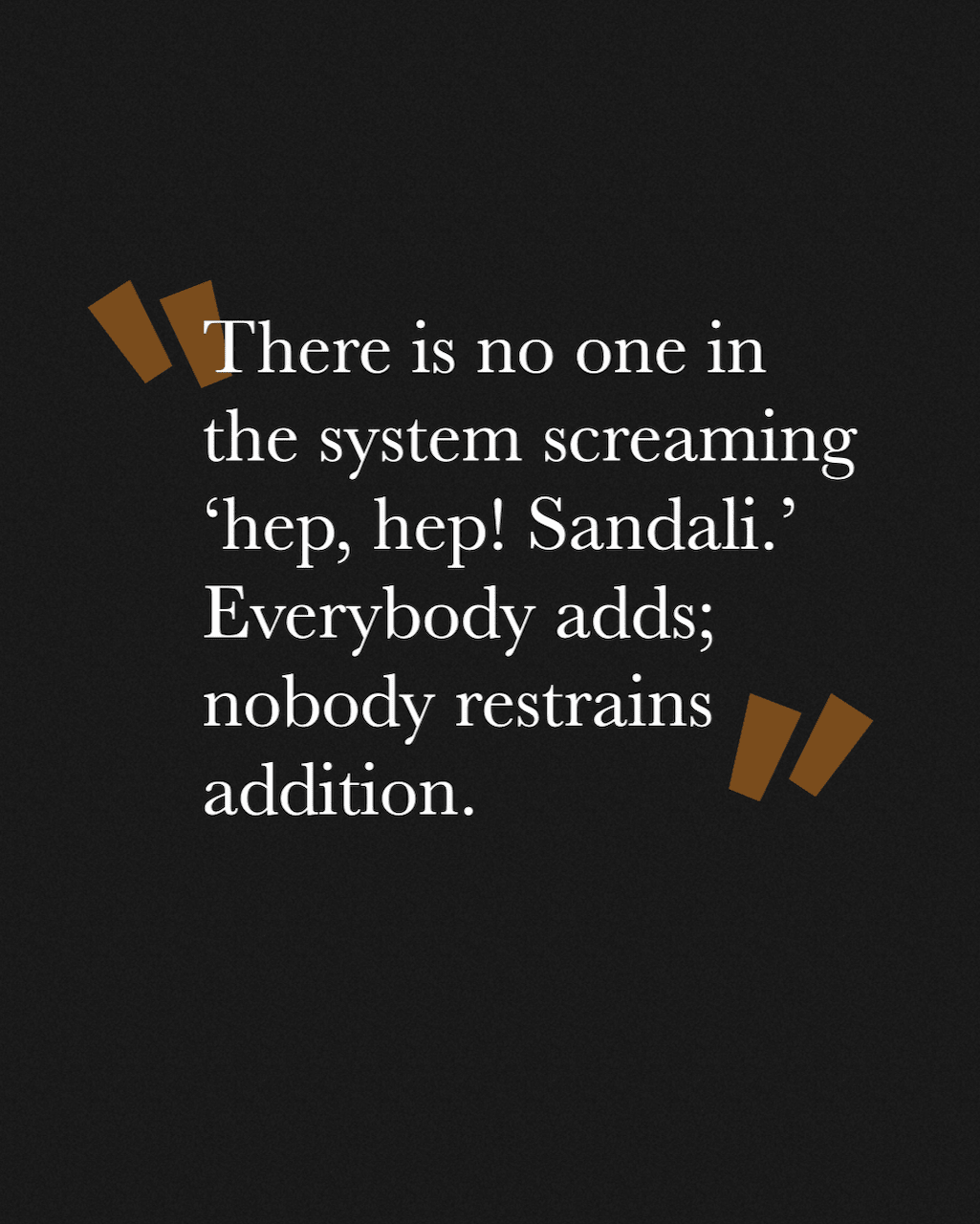
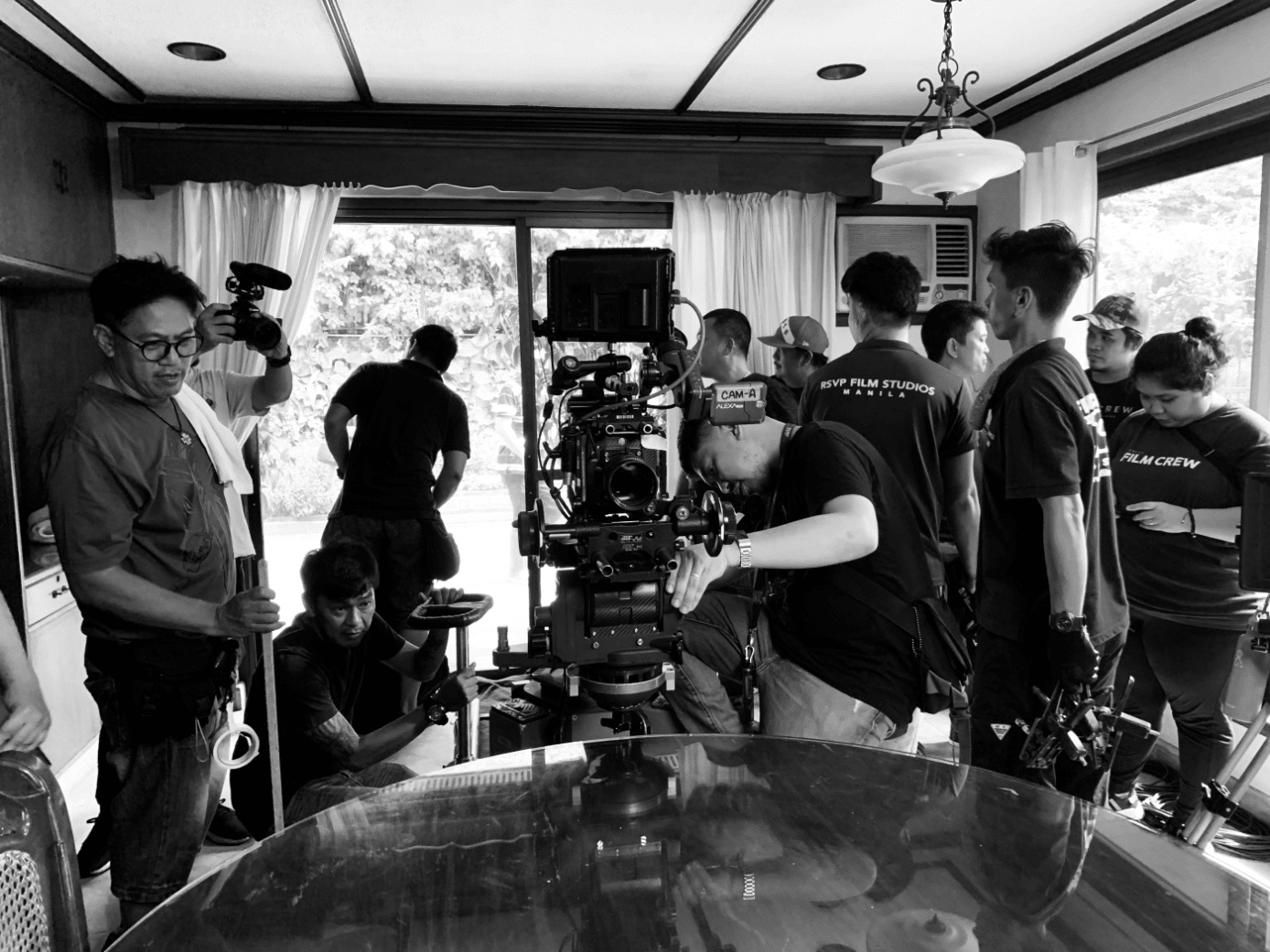
EVERYBODY ADDS according to his particular skill and field of expertise. With noses close to the grindstone, it is easy to miss the objective – what the commercial is supposed to sell.
Creative Guardianship is a check in the flow of the work
Sometimes, hours into a shooting day, you find that you are still not involved with the core of the commercial, that you are still shooting frills, the setup, the scenario.
You need to know how to look for “the commercial”, keep an eye on the Big Idea, and not let go of it.
I recommend holding a RedFlag Meeting
A RedFlag is an impromptu meeting. You reiterate the definition of the Big idea; you ask and answer: “what are we doing? What is the vision of the storyboard?”
You hold one before the shoot, so you do not scratch your heads and ask questions after. Anyone should be able to call for a RedFlag meeting – creative, accounts, producer.
Pause and check if the shot you are doing adds to the concept or is merely a frill. Now this does not mean you should do without the shot. It is a reminder of its relative importance, so you do not spend an inordinate amount of time trying to perfect it.
If it’s a one day shoot and you haven’t touched the Big Idea yet by, say, 3:00 o’clock PM, it’s time to fret.
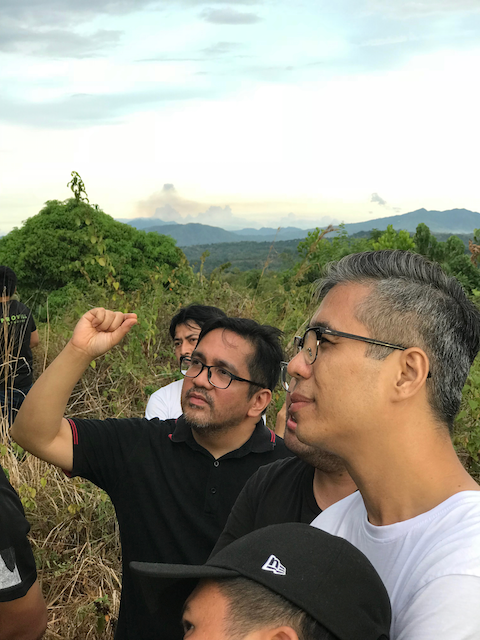
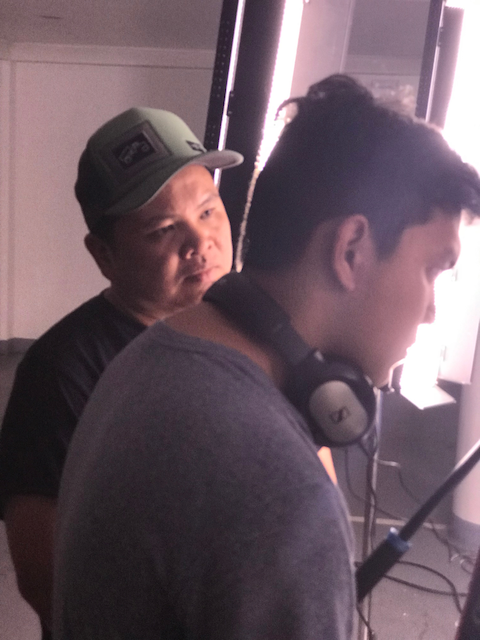
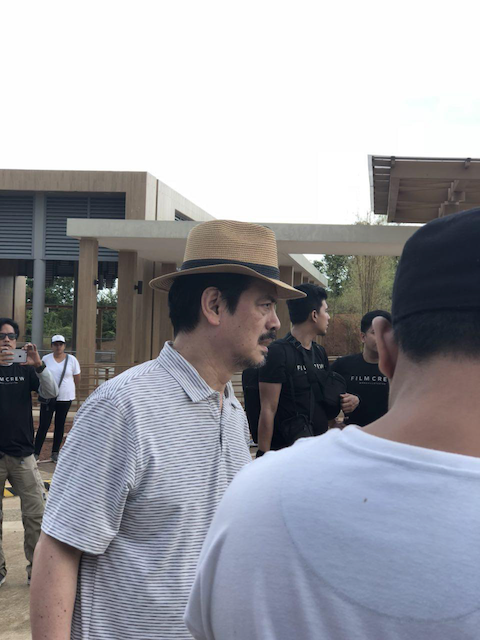
THE CREATIVE GUARDIAN knows how to step back: "Why are we spending hours on this? Is this particularly difficult shot helpful to making the point?"
Examples of not stepping back:
Nissan Frontier
We were producing a commercial for the Nissan Frontier, and we wanted to impart the idea that the vehicle was engineered powerfully, that it was “a wild animal in pickup clothing”. The intention was to have the vehicle move about like a wild cat, pacing and growling in his cage. Later I thought it looked more like the pickup was just revving up in a fenced parking space. While a decent TV spot, it failed to execute the vision. We were too focused on details.
Mitsubishi Cimarron
The Mitsubishi Cimarron was a powerful pickup: its torque and sinewy suspension allowed it best-of-the-market climbing ability. We shot in Baguio to capture the story.
The team and crew came back with reels and all sorts of footage: passing shots, shots where the vehicle was silhouetted breathtakingly against the mountains of Baguio, everything.
Everything except a shot of the vehicle climbing.
Without an anointed guardian, the point, the big idea — the frame upon which the commercial depended — was lost. They forgot to shoot the Cimarron climbing.
To show the vehicle on an upward incline, we had to tilt the frame.
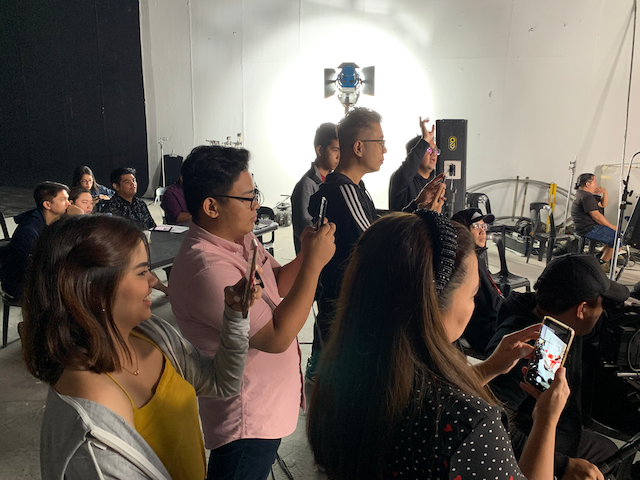
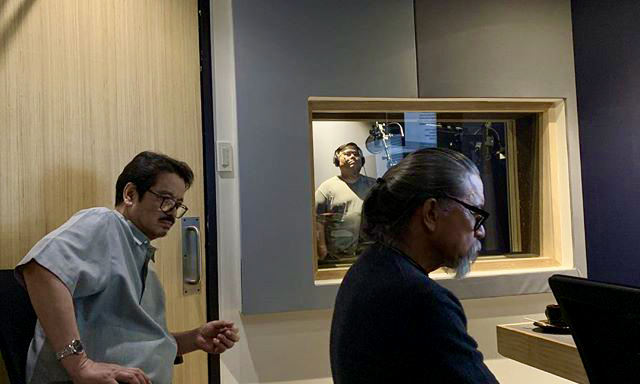
ALL STAGES. From shoots to recording, all stages must have a creative guardian keeping goals in mind.
It’s a flaw in the system
The work requires everyone to add and enhance. There is a tendency to see the woods for the forest: there are many highly skilled craftspeople on the set, all dedicated and focused on what they do for a living, and not on intent, objective, motive. There is dedication to motif but not to theme. It is best to assign the task of guardianship to somebody in the agency, or at least remind everybody in the team to be conscious of the point.
This is not about philosophy or principles. This is about producing materials faithful to their storyboards and visions so they sell well.
There is nothing scarier than seeing a material after production — after spending millions of pesos and time — miss the point, forget the big idea, and all you see is a bloat that hardly resembles the stickman you started with.
This does not mean we should not strive to produce good-looking ads. It simply means we should train ourselves to be protective of our storyboards. The same boards we took pains to create and have approved.
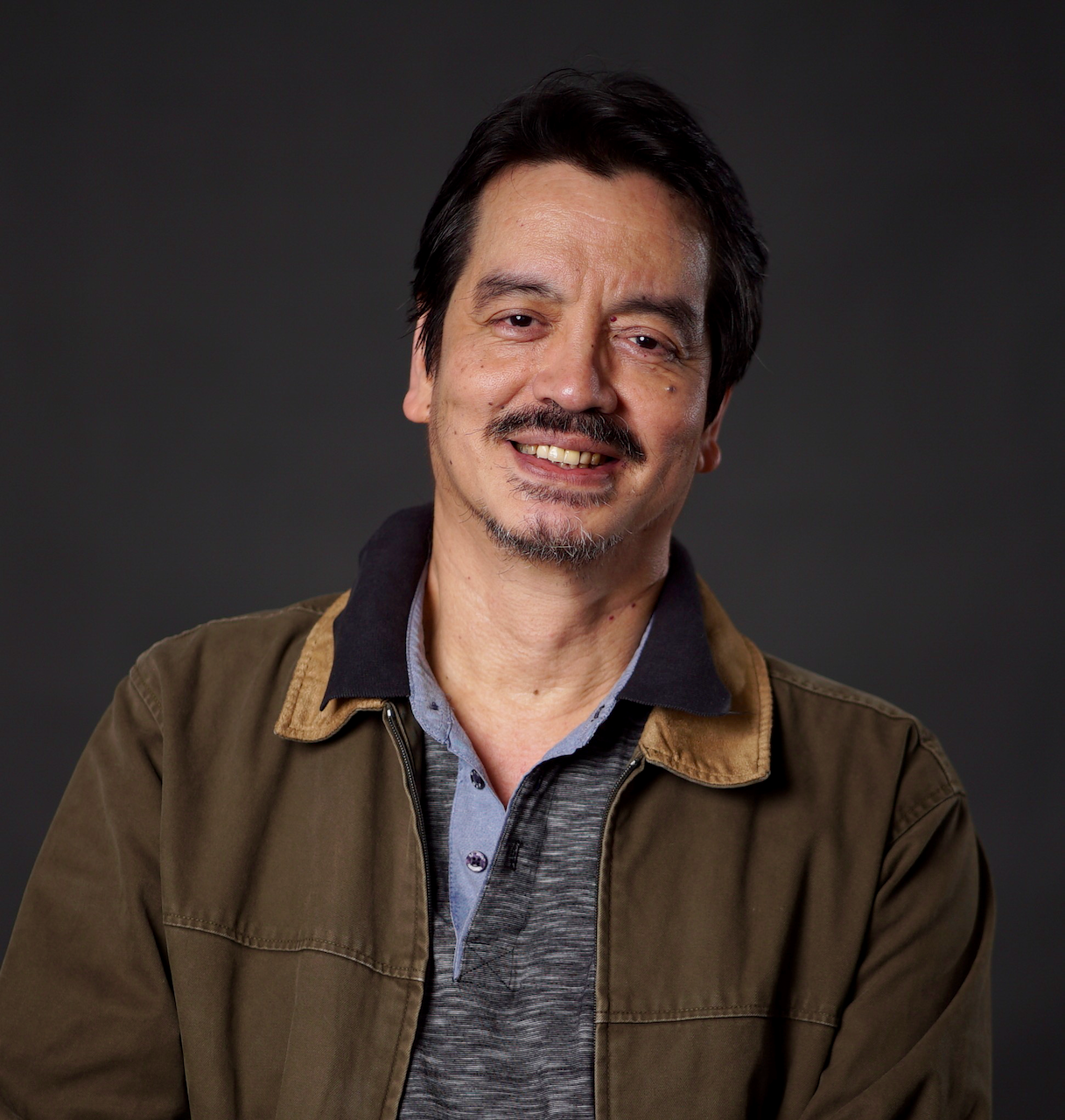
Vincent R. Pozon
After a year of college, Koyang entered advertising, and there he stayed for more than half a century, in various agencies, multinational and local. He is known for aberrant strategic successes (e.g., Clusivol’s ‘Bawal Magkasakit’, Promil’s ‘The Gifted Child’, RiteMED’s ‘May RiteMED ba nito?', VP Binay's 'Ganito Kami sa Makati', JV Ejercito's 'The Good One'). He is chairman of Estima, an ad agency dedicated to helping local industrialists, causes and candidates. He is co-founder and counselor for advertising, public relations, and crisis management of Caucus, Inc., a multi-discipline consultancy firm. He can be reached through vpozon@me.com.
If you liked what you just read and want more of Our Brew, subscribe to get notified. Just enter your email below.


Related Posts
What We Get Wrong About This Strange Thing We Call Advertising
Jul 02, 2025
The Party as a Person: The Story of ‘Pag Mahal Mo, Akbayan Mo’
May 16, 2025
Frequently-Asked Questions About Advertising – Part VII
Apr 11, 2025